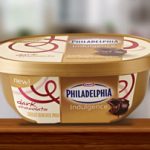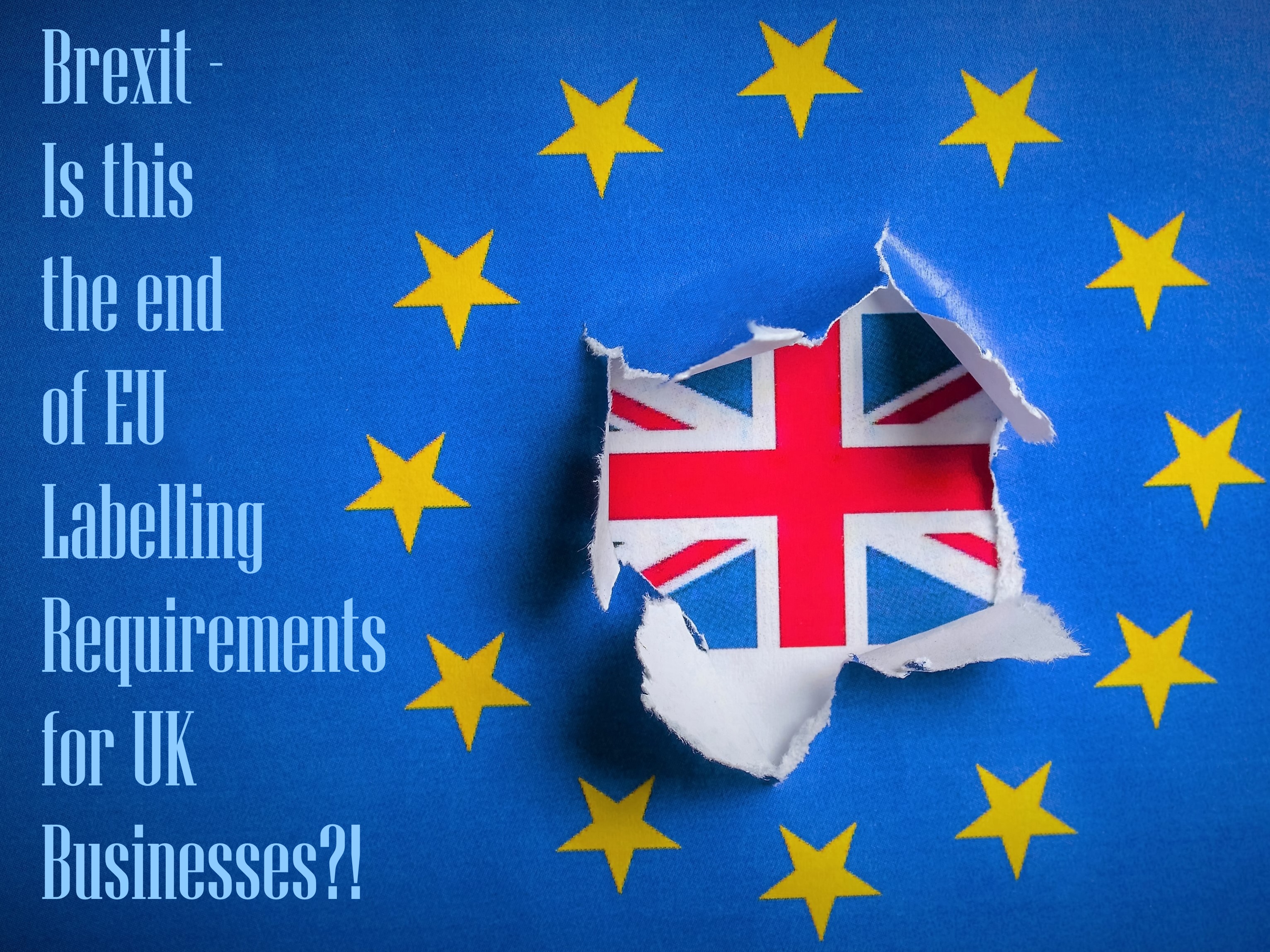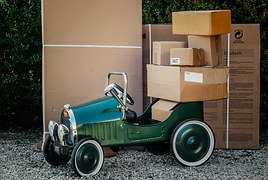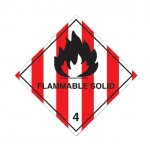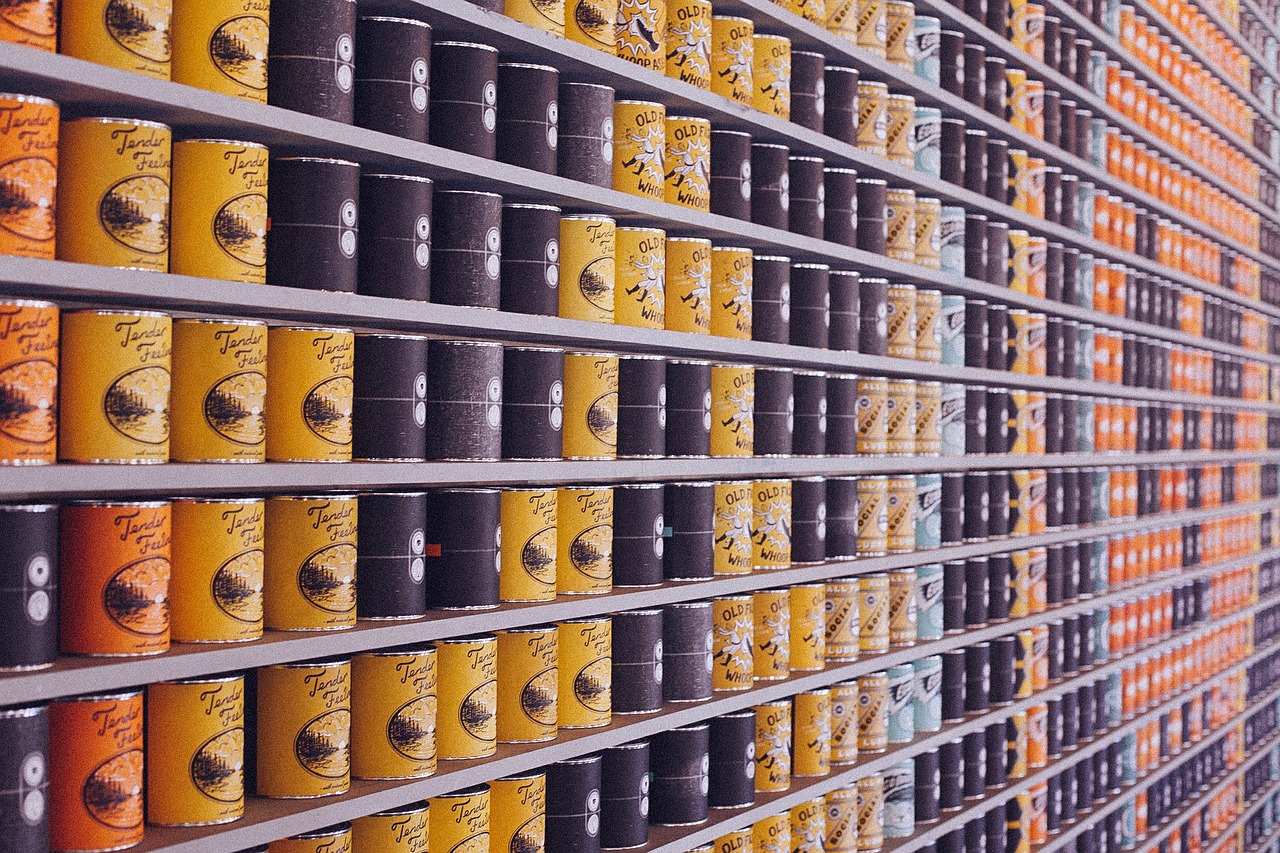The In-mold labelling (IML) is literally defined as a fully automated decorating process in which a printed film or paper label is placed in the mold container or cavity before molding. This is a popular sub-surface labeling process for all kinds of injection-molded plastic containers. The label fuses to the plastic container as its being molded that eliminates the need for post mold decoration. This is also called as IML labelling, injection in-mold labelling, or in-mould labelling that redefines the traditional labeling.
The demand for in-mold labels is very high because of the consumer acceptability and response through high purchase behavior ever since this packaging style is introduced. Currently, the in-mold labeling needs to be understood well, as it is complex than other label applications. Also, the process differs from traditional injection molding services, such as the service provided by Fictiv, but it does follow the same principles of traditional injection molding. The process of ‘in-mold labeling segment counts a two percent of world’s label printing volume and market forecasted and average of 5.6 percent growth rate by the year 2020.
In-mold labeling process advantages vary a wide range in usage as well as in technique.
- Its ‘green’ credentials for many buyers
- Varied surface finishing options and low cost
- Dispose of additional production costs
- Graphic quality relatively to direct printing is prominently better
- Appropriate run length
- Production of packaging and the label to apply is done in single operation / step
- Saves time and more output in short time
- Can easily decorate the entire container any side, angle and size
- Container visually more appealing
- Good quality being pressure sensitive, blow mold and shrink labels
- The label processed using injection molding is made from the same plastic of container
- 100% recyclable at ease, because no material separation is required
- Can bare large changes in temperature
- Doesn’t easily get scuffed or damaged
- Strengthens thin wall plastic containers
‘In-mold labeling’ needs to be understood well, as it is complex than other label applications. The process begins with film or paper selections,that is made of polypropylene based resins, and are core raw materials for both solid and hallow in-mold label films. Different methods are followed, based on the machinery and software selection.
Few groups and associations are formed in making the market and players more organized. The In-Mold Decorating Association offers membership in organizations like molders, printers, material suppliers and equipment manufacturers committed to the development and growth of in-mold decorating products, technologies and markets. The Association improves and extends support through awareness and acceptance of in-mold decorated durable products and packaging by original equipment manufacturers, brand owners and marketers.
Precision is the key to in-mold labeling. So, labels should be made of substrates, inks and coatings formulated specially to combat the rigors in molding process. The fact is that it is protected from wear & tear occurs to container and also an intelligent choice information disclosure, like warning and instructional labeling. All this needs to be taken care without compromise for maintaining the extreme accuracy while cutting in-mold labels. Even a minute variation in size, position, etc, leads to major molding problems that are irreversible.
Custom Plastic In-Mold Labeling (IML) with In-Mold Decorating (IMD)
This combination is used in many types of packaging and labeling. The automation of in-mold decorating and in-mold labeling operations used in plastic injection molding, presses from 15 to 6,000 tons. This process involves a pre-printed label or decorated appliqué film is inserted in the open plastic injection mold and held in place via vacuum ports, electrostatic charge, or other method.
The IMD and IML technology enables design flexibility and productivity advantages over age old post-molding labeling and decorating technologies. This also includes use of multiple colors, effects, graphics and textures in a single operation with long lasting and durable graphics and overall labeling and decorating cost reductions.
Major players like Robotic Automation Systems and EVCO Plastics are supplying this technology. Few models of Robotic Automation Systems are
- Top Entry/3-Axis Robot – Most conventional
- Side Entry Robots – Faster cycles or if space constraints
- 6-Axis Robots – Flexible automation for upstream / downstream operations or ceiling height constraints
The complete turnkey solutions for specific applications are outdoor durable & packaging, flat, contoured and cup/container, IML, foil and lenticular, single and multi-cavity applications, vacuum or static label placement (direct or remote), specialized cup automation cells, label nest and custom human machine interface (HMI).
While, EVCO Plastics is experienced with custom plastic in-mold decorating (IMD) and in-mold labeling (IML) in a wide range of applications and industries with all types and sizes.,this system itself is as dependable as design and graphic variations are easily achieved by simply changing to different label films in the same structure. EVCO Plastics provides from concept to delivery with a competitive advantage in building custom injection molded plastics by taking customer requirements, analysis and involving customers at every step of manufacturing.
Packaging-Labelling supplier Mold-Tek specializes in both standard and made-to-order packaging solutions for leading brands of Paints, Lubricants, Food products, Cosmetics, chemicals and FMCGs. Mold-Tek always makes constant efforts in product design to develop new techniques of mould making, processing and decoration. Mold-Tek developed IML decorated packaging for the first time in India which integrates decoration and labeling into the injection molding process producing outstanding picture quality and everlasting images. Their constant update of technology recently came up with an innovation that is the introduction of In Mould Label includes decoration using robots.
Packaging and labeling of a product is equally important as the product inside it. This is same in manufacturers view, marketers view and a consumer view. Hence, the in-mold labeling has a very lucrative future with supply and demand.

